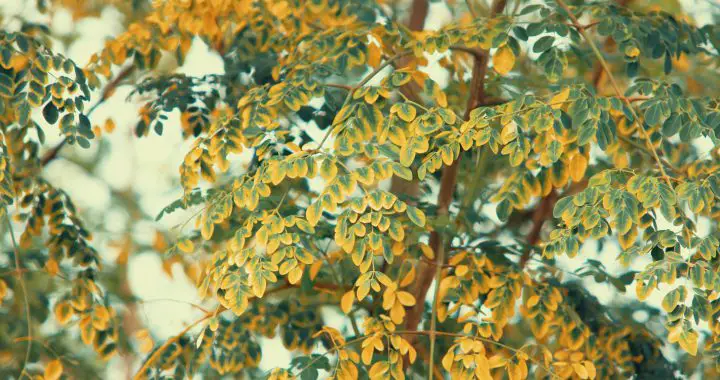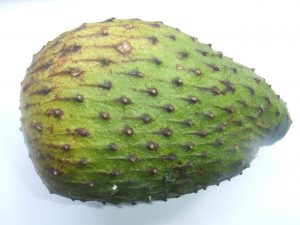We received a lovely email from Paula, who is also a soursop leaves customer of http://soursopstore.com.
She told us a wonderful story about a young 8-year-old girl, who had leukemia and was being treated with chemotherapy. Paula also shared a special recipe she received from MiLottie’s parents received from South American missionaries.
They had heard about soursop leaves, and so their church reached out to the missionaries. They responded by sending the leaves with instructions on how to brew a very special remedy.
Lottie’s parents started giving her one cup three times per day along with Anamu and Moringa Oleifera tea from leaves. Anamu helped with pain. Moringa boosted with energy. Soursop leaves are used by people with cancer (see soursop cancer research).
“Lottie was a different child in two weeks and totally healed from Leukemia. The Lord led them from beginning to end. The body starts to feel the effect of heat, similar to the effect of chemo but no side effects,” said Paula.



